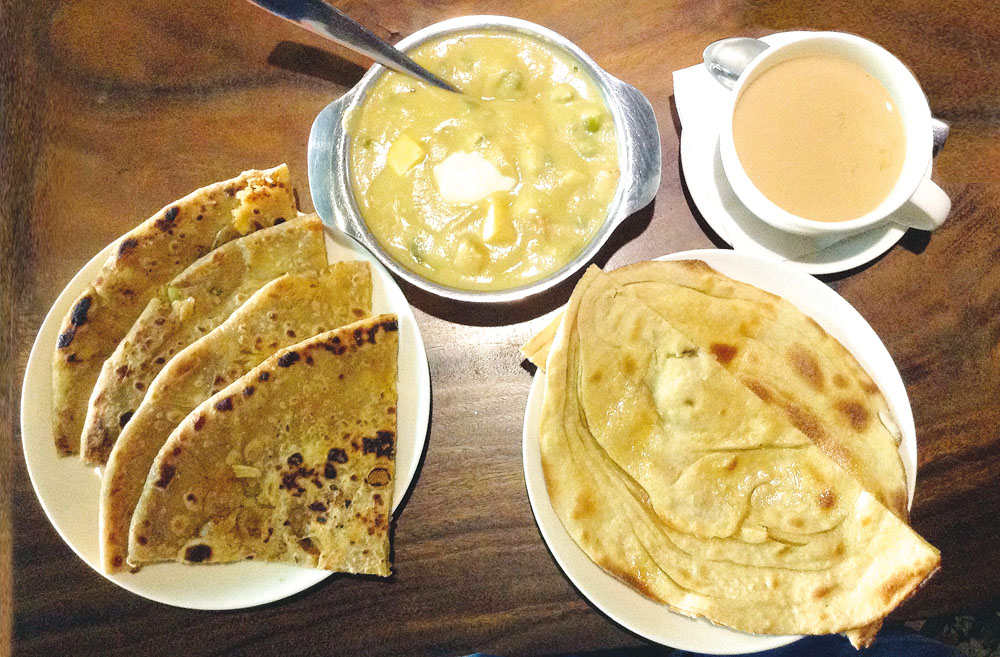Around this time last year, I was flipping chapattis on a tava under the gentle sun and chilled breeze that runs through the arid landscape of Rajasthan on November afternoons. Oddly enough, it was part of my new job: assistant to the chef at a popular restaurant in the tny and colorful village of Bundi. You might wonder what on Earth motivated me to take on such a bizarre position; the answer is simple: I love Indian cuisine, and I thought this was the best way to learn its intricacies.
My cooking mentor was the owner of the restaurant: an old, obese, hardheaded yet intriguingly wise and charming lady who everybody in town lovingly addressed as ‘Mamma’. It was her who taught me all I know when it comes to Indian cuisine. Whenever I met her expectations at cooking a particular dish, she would grin widely and say ‘this is Bundi-good’.
This week I took a friend to Coriander, a popular Indian-run vegetarian establishment on Street 71, not far from BKK1 market. Although the menu features plenty of Khmer and Western items, the bulk of its content is Indian.
We enter the glass door to encounter a simple, yet fitting décor: a couple of discreet mirrors and unassuming art on the walls, wooden tables and a sober timber bar. We sit down and soon the aroma of Indian spices drifting from the kitchen reaches my nostrils and switches on my appetite. Memories of kneading chapattis and preparing eggplant chutney with Mamma come rushing back.
The well-mannered waiter brings my order of lachha paratha ($1.50), onion paratha ($2), and vegetable korma ($4). The breads, I can tell right away, are good. I pinch the onion paratha and discover it has a supple, dead-on consistency. Its rich, piquant taste reveals a skillful handling of the spices. On the other hand, the lachha paratha, although it has a nice flavour to it, is too stiff, like it has been served an hour too late.
The vegetable korma is creamy and sweet, but not in a good way. Its overly milky texture is less than pleasant. It somehow manages to be too sweet, while at the same time having too much of a coriander kick.
I realise I still have space in my stomach to accommodate another dish. I ask the waiter for a recommendation; the best dish of the house. He brings me a bowl of baingan bartha ($4.50), accompanied with a round, beautiful-looking chapatti (50 cents). The baingan bartha is a real surprise. The eggplant is roasted to perfection and, together with the other vegetables and spot-on spices, forms a delicious mass of irresistible texture and racy flavour.
To put an end to this hit-and-miss Indian lunch, I order masala tea ($1). Now, here is the real test: good chai tea is an excellent barometer of the quality and genuineness of any Indian restaurant. I take a sip. It has the right flavour and aroma, but is missing some piquancy and that subtle ginger aftertaste. It’s good if we take into consideration that we are not in India; if I were in the subcontinent, I would be a bit disappointed. I guess that’s a statement that applies to the other dishes I have had today. I imagine what Mamma would do if she had shared this meal with me. She would look at me with squinting eyes and an exaggerated frown, and she would state: ‘It is good, but not Bundi-good.’
Coriander, #21 Street 71.
